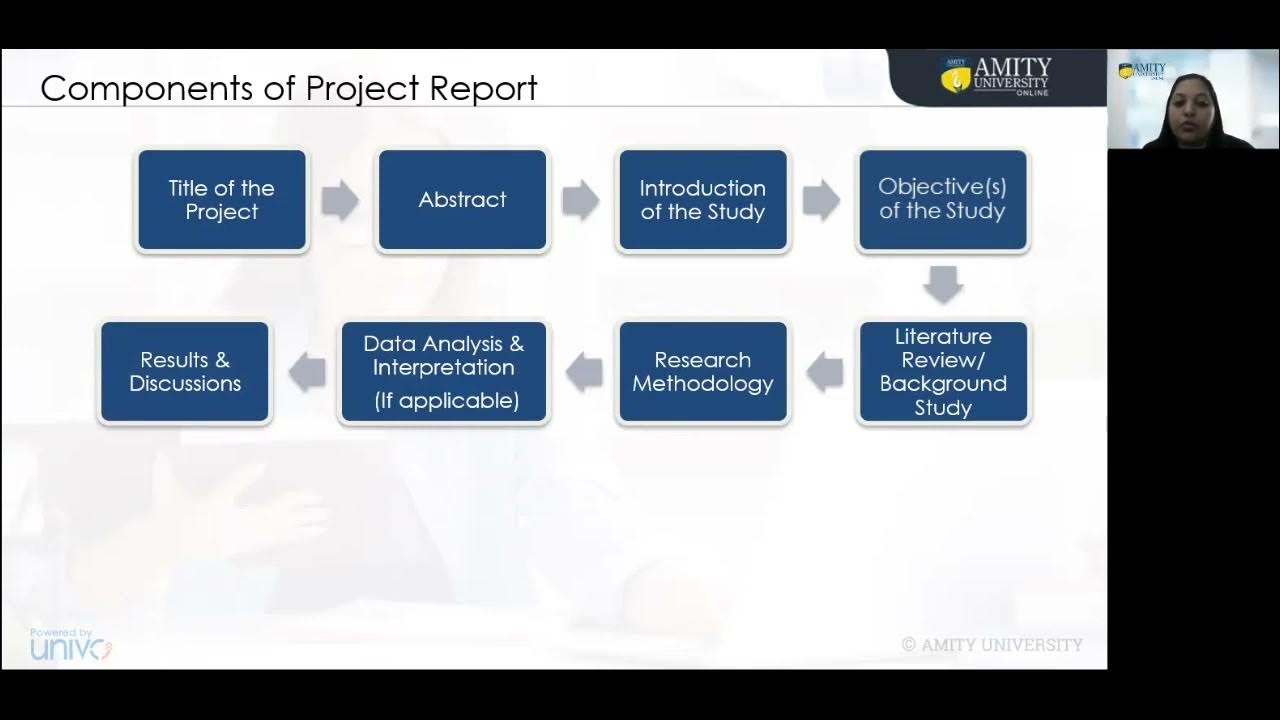My career in genomics: conservation genetics
Summary
TLDRMiguel, an advanced research assistant at the Wellcome Sanger Institute, specializes in conservation genetics and works on the Bioscan project. This large-scale initiative aims to study the genetic diversity of one million flying insect species across the UK. The process involves DNA extraction from insect specimens and sequencing, supported by robotic automation in the lab. Miguel’s background in zoology and passion for the natural world led him to conservation genetics. He shares his journey and offers advice for students interested in science, encouraging them to find their niche in biology, chemistry, or other fields to pursue their passion.
Takeaways
- 😀 Miguel is an advanced research assistant at the Wellcome Sanger Institute, specializing in conservation genetics.
- 😀 His work focuses on studying the genetic diversity of animal populations, with a particular emphasis on insects.
- 😀 Miguel is currently involved in the Bioscan project, which aims to sequence the DNA of one million types of flying insects across the UK.
- 😀 The goal of the Bioscan project is to create a detailed genetic database for future DNA-based monitoring of insect populations.
- 😀 The DNA extraction process involves removing ethanol from insect samples, adding lysis buffer, and incubating the samples overnight.
- 😀 After the incubation, the DNA is separated from the insect material and sent for sequencing in a separate lab.
- 😀 Robots help automate the repetitive aspects of the process, though manual oversight is still required to avoid contamination.
- 😀 Miguel also engages in fieldwork by checking insect traps on the campus as part of the Bioscan project.
- 😀 His background includes working with a variety of specimens, such as small mammals, squid, and octopuses, before focusing on insects.
- 😀 Miguel’s passion for science, especially biology and chemistry, led him to study zoology and pursue a career in conservation genetics.
- 😀 He encourages students who find science challenging to focus on specific areas of interest to find their niche within broader scientific fields.
Q & A
What is the main focus of Miguel's research?
-Miguel's research focuses on conservation genetics, specifically studying populations across various animal species, with a current emphasis on flying insects as part of the Bioscan project.
What is the aim of the Bioscan project?
-The aim of the Bioscan project is to study the genetic diversity of one million types of flying insects and create a detailed DNA database for future monitoring.
How does Miguel and his team ensure the quality of the insect samples?
-Miguel and his team verify the sample information from spreadsheets provided by their partners, check the sample plates for damage, and ensure that the samples match before starting the DNA extraction process.
What is the first step in the DNA extraction process for the insects?
-The first step involves removing the ethanol used to preserve the insects, followed by adding a lysis buffer to break open the insect cells and release the DNA.
How long does the DNA extraction process take?
-The DNA extraction process takes two days to complete.
What role do robots play in the lab's DNA extraction process?
-Robots assist in performing repetitive tasks in the lab, helping to automate parts of the process and increase efficiency, although they still require close monitoring to avoid errors like transferring insects accidentally.
How does Miguel still engage in fieldwork as part of his project?
-Miguel participates in fieldwork by checking insect traps located on the campus once a week, providing an opportunity for hands-on observation and specimen collection.
What types of animals has Miguel worked with in the past?
-Miguel has worked with small mammals, squid, octopus, and now insects as part of the Bioscan project.
What led Miguel to pursue a career in conservation genetics?
-Miguel's passion for animals and his interest in biology and chemistry during school led him to study zoology at university, which then directed him towards the field of conservation genetics.
What advice does Miguel give to students who struggle with science in school?
-Miguel advises students to find their niche within the broad fields of science, focusing on the areas they enjoy most, and to pursue those interests to help them succeed and find their path.
Outlines

Этот раздел доступен только подписчикам платных тарифов. Пожалуйста, перейдите на платный тариф для доступа.
Перейти на платный тарифMindmap

Этот раздел доступен только подписчикам платных тарифов. Пожалуйста, перейдите на платный тариф для доступа.
Перейти на платный тарифKeywords

Этот раздел доступен только подписчикам платных тарифов. Пожалуйста, перейдите на платный тариф для доступа.
Перейти на платный тарифHighlights

Этот раздел доступен только подписчикам платных тарифов. Пожалуйста, перейдите на платный тариф для доступа.
Перейти на платный тарифTranscripts

Этот раздел доступен только подписчикам платных тарифов. Пожалуйста, перейдите на платный тариф для доступа.
Перейти на платный тарифПосмотреть больше похожих видео

MODEL OPTIMALISASI PENERAPAN PBL DAN CBL UNTUK MENGIDENTIFIKASI DAMPAK IMPLEMENTASI BKP MBKM PADA PT

1) Next Generation Sequencing (NGS) - An Introduction

Minor Project Guidelines

Why you SHOULD study biomedical science | topics & skills you will learn + career options

Video Overview of NIES

English Academic Writing (8) Sentence Structure
5.0 / 5 (0 votes)
